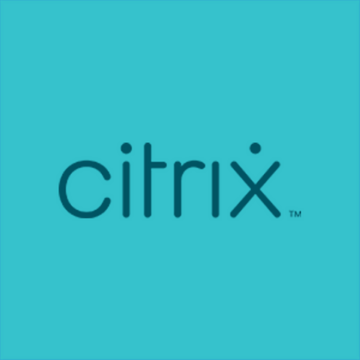Being able to access patient records quickly can mean that a physician can see more patients in a day and actually spend more time with each of them.
Those of us who support IT infrastructure in healthcare should always be striving to keep the technology in the background and the focus on the patient.
Before I joined Citrix, I was a customer – an IT manager at Southcoast Health in Massachusetts, which operates three hospitals, a cancer center, urgent care facilities, labs and radiology centers, a visiting nurses’ service, and a network of physician practices. I turned to Citrix technologies to solve important business problems. One of those was the rapid growth of our healthcare system through acquisition of multiple physician practices.
These days, one major reason for practices to agree to be acquired is so someone else can manage their electronic medical records technology for them.
Those who decided to adopt our outpatient EMR for use in their practices could easily do so. Because our hospitals were mulling their own EMR transition at the time, we allowed practices who preferred to stick with their current EMR to do so, but encouraged them to move the software into our data center. By virtualizing with Citrix, they could access their EMR from their office, from the hospital, from home or on the go.
More recently, that strategy has changed as Southcoast standardized on Epic, both at its hospitals and its practices (with a few exceptions for specific specialties where a specialized EMR makes sense). Citrix assisted with that transition as well. Along the way, Citrix helped Southcoast address the basics of security, reliability, mobility, and remote access (see the full case study).
For example, Citrix context-aware security makes it possible to provide remote and mobile access with greater control and ultimately confidence. Full mobile access to sensitive applications can be enabled within the bounds of one or more hospital facilities but restricted from any other location. The more common scenario, and the way it worked at Southcoast, is to allow remote access to the EMR but switch off selected features – like the ability to copy and paste or print records – when the application is accessed from a remote location.
Citrix also provides multiple pathways to mobile application access. When an EMR is virtualized using XenApp or XenDesktop, tablet users can access the standard desktop user interface with some basic touch screen adaptations.
Meanwhile, industry-leading Citrix XenMobile enterprise mobility management solution boosts the security and manageability of apps specifically created for mobile devices. In a clinical context, both are useful. Providers can get streamlined access through a purpose-built app, while retaining the option of accessing the full desktop user interface if the app doesn’t provide easy access to the information they need.
Southcoast’s situation is far from unique – many healthcare organizations are struggling to make EMR access more flexible and convenient but also secure and reliable. If you are a healthcare IT manager, I understand that these are only a few of the many demands and pressures you are dealing with.
Still, delivering fast, flexible, and dependable EMR access is one of the best ways you can contribute to the mission of the organization and results for its patients.
For more information on how Citrix empowers secure mobility in healthcare, visit citrix.com/healthcare and follow us on twitter @CitrixHealth.


